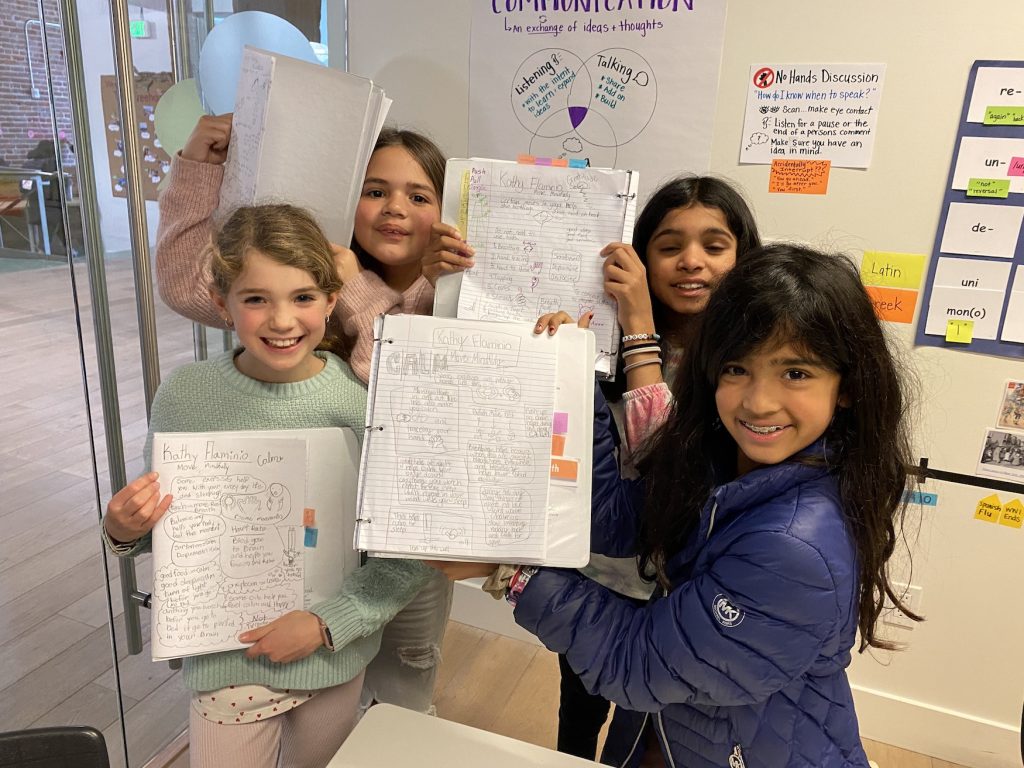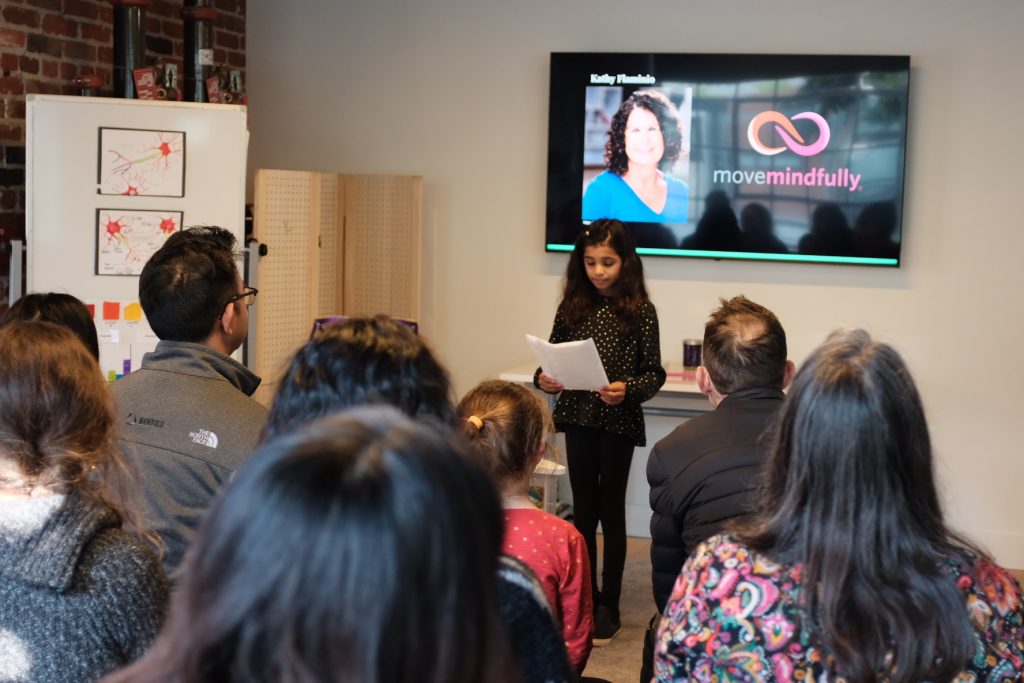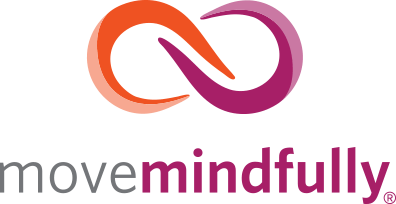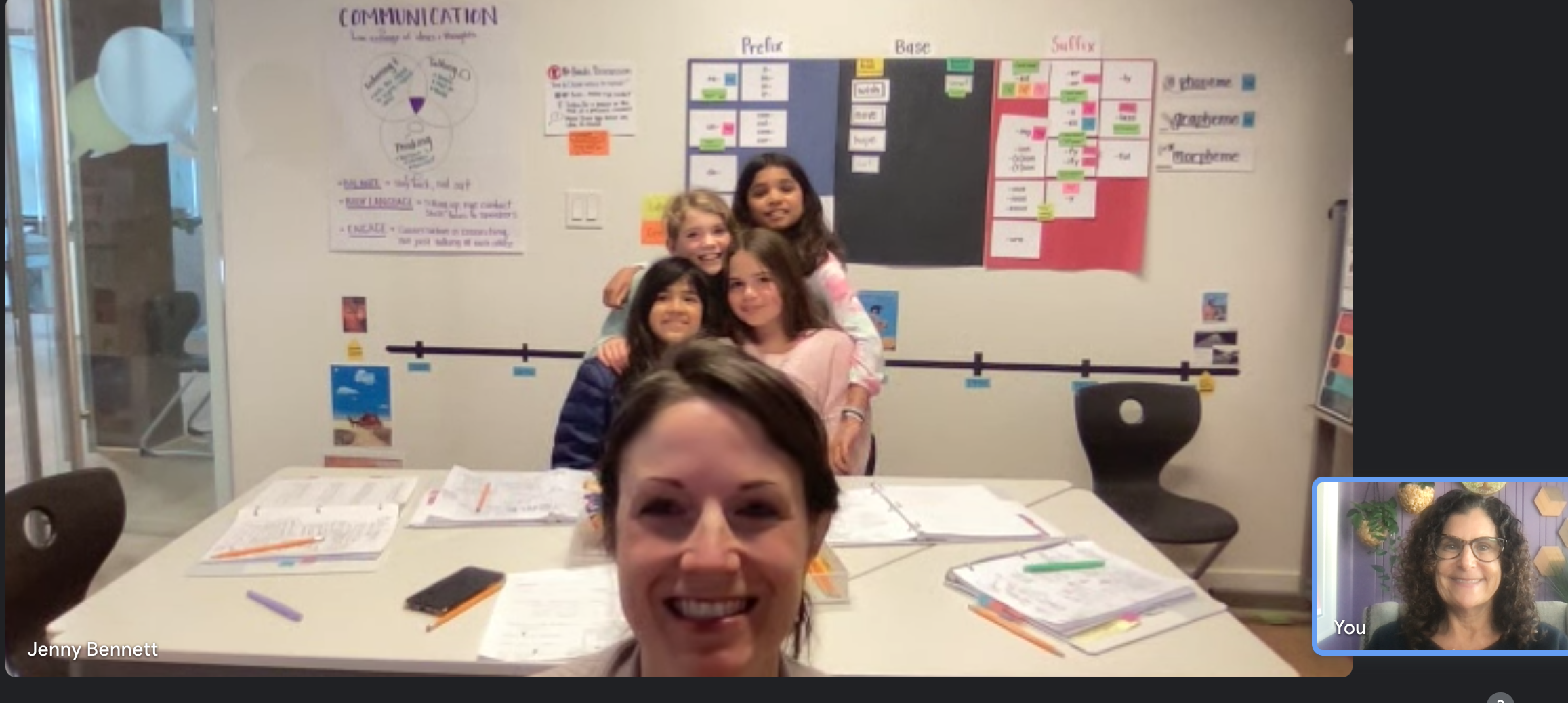After being introduced to brain science by her teacher, a fourth grade student from Red Bridge School in San Francisco wanted to learn more. She reached out to Kathy with questions about how the brain works and how to use movemindfully strategies to feel calmer during the day. This led to a fun interview between Kathy, the student and three other Red Bridge classmates.


1. How does feeling calm help throughout the day?
When our bodies feel calm, our heart rates are often lower, and there is more serotonin in our blood. Serotonin is often called a “happy chemical.” We can increase our serotonin by certain things we do! When we are calm, we have more blood flow to the front part of our brain which allows us to think better, remember things, problem solve, plan etc. When I am calm it also allows me to connect with others. When I am calm, I am kinder. When I am feeling mad, anxious, or frustrated I often lose my connection with you so I may say something mean that feels unkind.
2. If you’re calm, can you accomplish more?
When you are calm, your mind is clearer because physically you have more blood flow to the front part of your brain — your thinking brain (prefrontal cortex). Fewer distracting thoughts make it easier to accomplish more.
Remember, calm doesn’t mean quiet and still. Often, I feel the calmest when I am running. When I start the day with my movemindfully Breathe Move Rest practices my mind is really clear and I am able to handle all the things I have to do!
3. What is the best way to feel calm and why?
Everyone’s brain and body like different things. What feels calm to me (e.g., running) might be stressful for someone else. So, I like to introduce students, adults, and families to several ways and then start to build a personal mind-body toolkit.
Often doing breathing practices can quickly change how we feel. Slow breathing from your belly (diaphragmatic breathing) brings more oxygen into the brain, creating what is called a relax-alert state — where your body is relaxed, and your mind is focused. We teach many different breathing techniques — some for calming and some for releasing. If I am really upset, frustrated, and/or anxious, taking a calming diaphragmatic breath might not be as helpful as a big releasing breath like making fists with your hands, lifting them up high, and then letting go while dropping your arms down with a “shhh” sound before you move into slow breathing.
4. Is there anything else you think I should know?
The power of our words is also important. When you practice gratitude and kindness with positive thoughts and words, you flood your brain with happy chemicals and that feels good in your body, mind, and heart, making it more likely that gratitude and kindness from others will be returned. When you practice Breathe Move Rest you can combine words with each movement. For example, reaching your arms up in Standing Mountain and saying out loud or to yourself, “I can do this!”
Until then, may we all remember to take time each day to Breathe Move Rest.
Kathy

